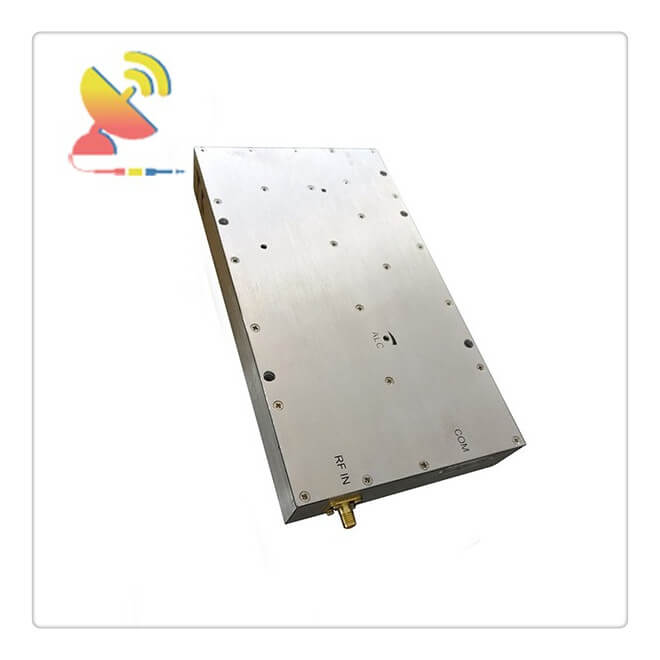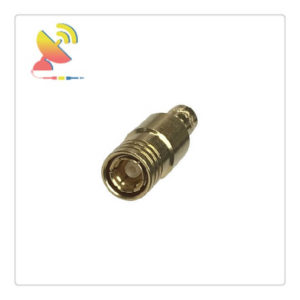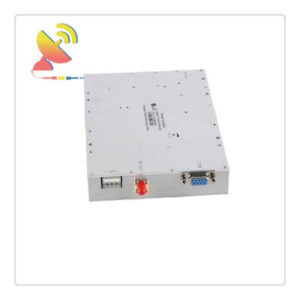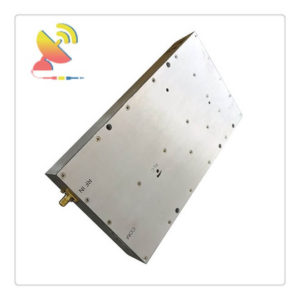Description
What is a Class D Amplifier 50W RF Power Amplifier?
The Class D Amplifier 50W RF Power Amplifier CTRF-ANTENNA-AMP-PA-1600-1800-50W item is with 1600-1800MHz frequency and 50 Watt output power, and an SMA female connector for an easy screw to the matching device Class D Amplifier 50W RF Power Amplifier supplied by C&T RF Antennas Inc.
Class D Amplifier 50Watt Amplifier is supplied by C&T RF Antennas Inc., we provide RF products with RF antennas, Antenna Accessories, Amplifiers, And Repeaters.
C&T RF Antennas Inc. provides the RF antenna with Omni & Directional antenna types such as Dipole Antennas, Whip Antennas, Marine Antennas, Router Antennas, MIMO Antennas, Combo Antennas, PCB Antennas, FPC Antennas, Spring Antennas, Magnetic Antennas, Sector Antennas, Yagi Antennas, and Accessories, etc.
With the radio frequencies such as NFC, 169MHz, 230MHz, 315MHz, 433MHz, 868MHz, 915MHz, VHF&UHF, Lora, NB-IoT, ADS-B, GSM, GNSS, GPRS, 1.2 GHz, 1.4 GHz, 1.8 GHz, Wi-Fi 2.4 GHz, 5.8 GHz, Cellular 2G, 3G, 3.5 GHz, 4G LTE, GPS, 5G NR, 6G, etc.
We Offer Class D Amplifier 50W RF Power Amplifier Inventory, Class D Amplifier 50W RF Power Amplifier Pricing, & Datasheets For Class D Amplifiers. Contact us now.
Class D Amplifier Technical Specifications:
| Model | CTRF-ANTENNA-AMP-PA-1600-1800-50W |
| Frequency(MHz) | 1600-1800 |
| Input Power | ≤20dBm |
| Output Power(W) | 47±2(50W ) |
| ALC Range(dB) | ≥25 |
| In-Band ripple(dB) | ±3 |
| Gain(dB) | 50 or Customized |
| Gain Adjustment Range(dB) | >31/1dB step or Customized |
| Gain Adjustment Linearity(dB) | ≤±1 |
| Gain Flatness(dB) | ±0.5(Max) |
| Impedance(ohm) | 50 |
| VSWR | ≤1.4:1 |
| Voltage(V) | DC+28 |
| Power Current | ≤8.5A |
| RF Connector | SMA-50K or other Customized |
| Monitor interface | RS-485 or RS232 or other Customized |
| Monitoring communication protocols | Use the Manufacturer’s protocol or Customized |
| Working Temperature | -40~+65 degree |
| Storage Temperature | -55 to +85 degree |
| Operating Humidity | 0 to 90%, relative |
| Surface Color | Metal color conductive oxide and other colors customized |
| weight | ≤1.5Kg |
| Remark | Module with output short circuit or open circuit protection |
Class D Amplifier Monitoring Function Description:
| No. | Monitoring function | Description | |
| 1 | query | PA ALARM | When an alarm amplifier failure |
| 2 | SWR ALARM | Amplifier output reflection is too large, VSWR exceeds3:1, an alarm is generated | |
| 3 | Over-temperature alarm | Module internal temperature exceeds85 ℃ generates an alarm and turns off the amplifier until the temperature returns to below 65 ℃,re-open the amplifier | |
| 4 | Over-output power alarm | When the output power exceeds the nominal full power 2dB is an alarm | |
| 5 | Input power detection | Accuracy of ± 1dB | |
| 6 | Reverse power detection | Accuracy of ± 1dB | |
| 7 | Output power detection | Detecting the actual output power amplifier, Accuracy of ± 1dB | |
| 8 | Temperature detection | Detection module operating temperature, detection range: -25 ~ +90 ℃, Accuracy of ± 3 ℃ | |
| 10 | SWR | Detecting amplifier output port VSWR range of 1.2~ 4.0 | |
| 11 | query and set | PA attenuator Set and query | Set and query the value of ATT |
| 12 | PA switching query and set | Query and set the state open tube amplifier | |
What is the function of an Amplifier?
Principle:
The high-frequency power amplifier is used in the final stage of the transmitter.
Its function is to amplify the high-frequency modulated wave signal to meet the requirements of transmission power and then radiate it to space through the antenna to ensure reception in a certain area
The machine can receive a satisfactory signal level and does not interfere with adjacent channel communication.
The high-frequency power amplifier is an important component of the transmitting device in the communication system.
According to the width of its working frequency band, it can be divided into two types: narrow-band high-frequency power amplifiers and broadband high-frequency power amplifiers.
Narrow-band high-frequency power amplifiers usually use a frequency-selective circuit with frequency-selective filtering as the output loop, so it is also called tuned power amplifier or Resonant power amplifier;
The output circuit of the broadband high-frequency power amplifier is a transmission line transformer or other broadband matching circuit, so it is also called an untuned power amplifier.
Amplifier System Classification
The high-frequency power amplifier is an energy conversion device that converts the DC energy supplied by the power supply into a high-frequency AC output. The amplifier can be divided into three types of working states: A, B, and C according to the current conduction angle.
The current flow angle of the Class A amplifier is 360o, which is suitable for small signal low power amplification;
The current flow angle of the Class B amplifier is approximately equal to 180o;
The current flow angle of the Class C amplifier is less than 180o.
Both Class B and Class C are suitable for high-power operation. The output power and efficiency of the Class C working state are the highest among the three working states.
Most high-frequency power amplifiers work in Class C. However, the current waveform distortion of the Class C amplifier is too large, so it cannot be used for low-frequency power amplification, and can only be used for resonant power amplification with a tuning loop as a load.
Due to the filtering capability of the tuning loop, the loop current and voltage are still very close to the sinusoidal waveform, and the distortion is small.






Reviews
There are no reviews yet.